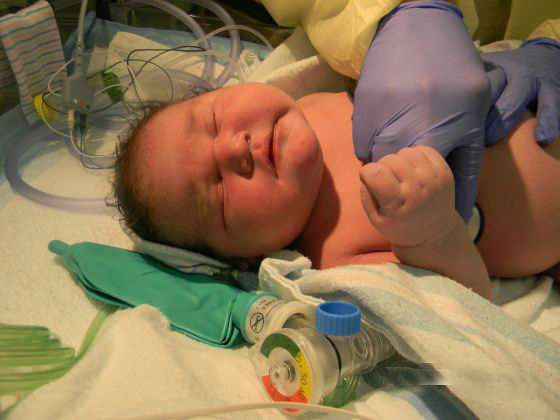
Middle-aged men who drink heavily show declines in memory, attention and reasoning skills up to six years sooner than those drinking less alcohol, new research suggests.
European scientists found that men drinking 2.5 or more alcoholic beverages daily at midlife were more likely to experience more rapid mental losses over the next decade than light or moderate drinkers.
Heavy drinking’s effects on women could not be accurately assessed because far fewer middle-aged females participated in the research, the study authors said.
“Heavy alcohol consumption is known to be detrimental for health, so the results were not surprising . . . they just add that [it’s] also detrimental for the brain and the effects can be observed as [early] as 55 years old,” said study author Severine Sabia. “There is no need to be an alcoholic to see a detrimental effect of heavy alcohol consumption on cognition [thinking skills].”
Sabia is a research associate in the department of epidemiology and public health at University College London. The study was published online Jan. 15 in the journal Neurology.
Scant research has examined the impact of alcohol consumption on brain aging before old age, according to study documents. The new study, however, included data from more than 5,000 men and 2,000 women at midlife.
Participants’ alcohol consumption was assessed three times in the 10 years before the first of three tests of memory and executive function, which deals with attention and reasoning skills needed in achieving goals. The first test was taken when participants were an average age of 56.
No differences were found in memory and executive function decline between men who didn’t drink alcohol and those who were light or moderate drinkers, consuming up to two servings of beer, wine or liquor each day. Heavy drinkers exhibited mental declines between 1.5 and 6 years faster than those drinking less.
Although the study found an association between heavy drinking in men and earlier decline in mental function, it did not prove a cause-and-effect relationship.
“We have lots of clinical experience to suggest that heavy drinking can have adverse effects on cognition. But what was new about this study, at least in men, was that it didn’t seem that light or moderate drinking” was more harmful than not drinking alcohol at all, said Dr. Marc Gordon, chief of neurology at Zucker Hillside Hospital in Glen Oaks, N.Y., who was not involved in the research.
“A relative strength of this study was that it looked at drinking at much younger ages than waiting until participants were elderly,” added Gordon, also an Alzheimer’s disease researcher at the Feinstein Institute for Medical Research in Manhasset, N.Y. “And nothing in this study [contradicts the idea] that having one drink a day is OK.”
Sabia agreed, saying the results echo previous studies and suggest that moderate alcohol consumption is not likely to harm people’s memory and executive function.
Source: web md










